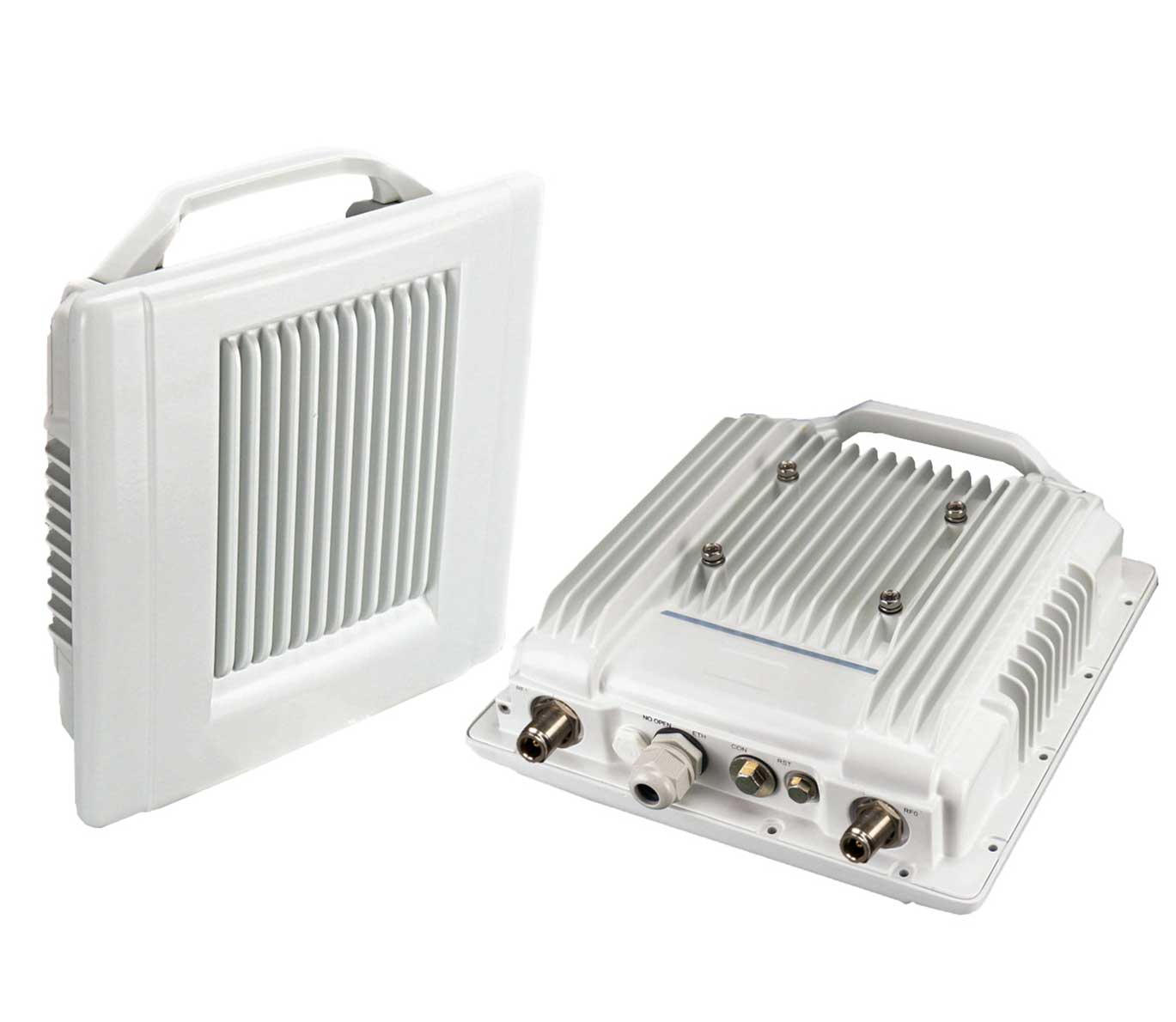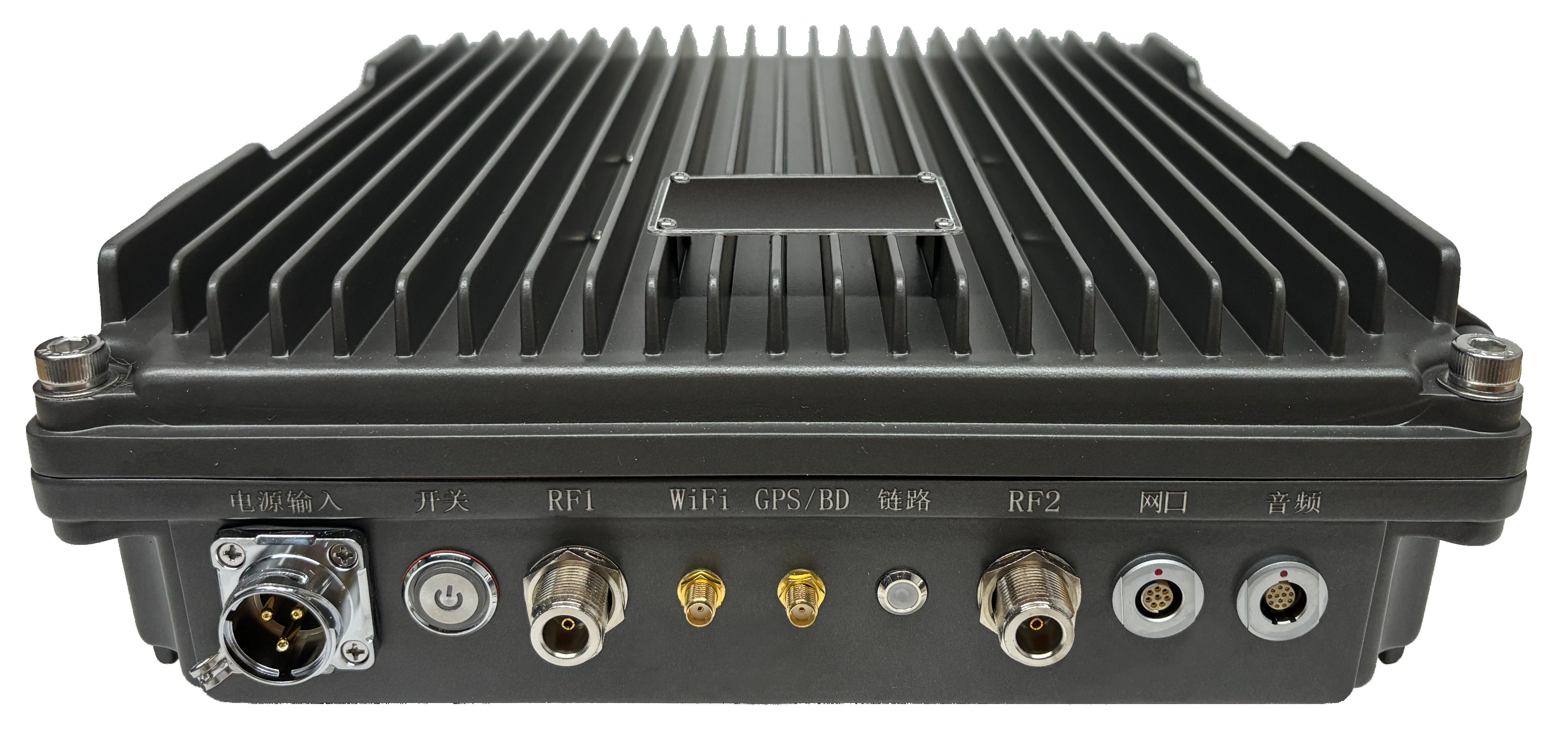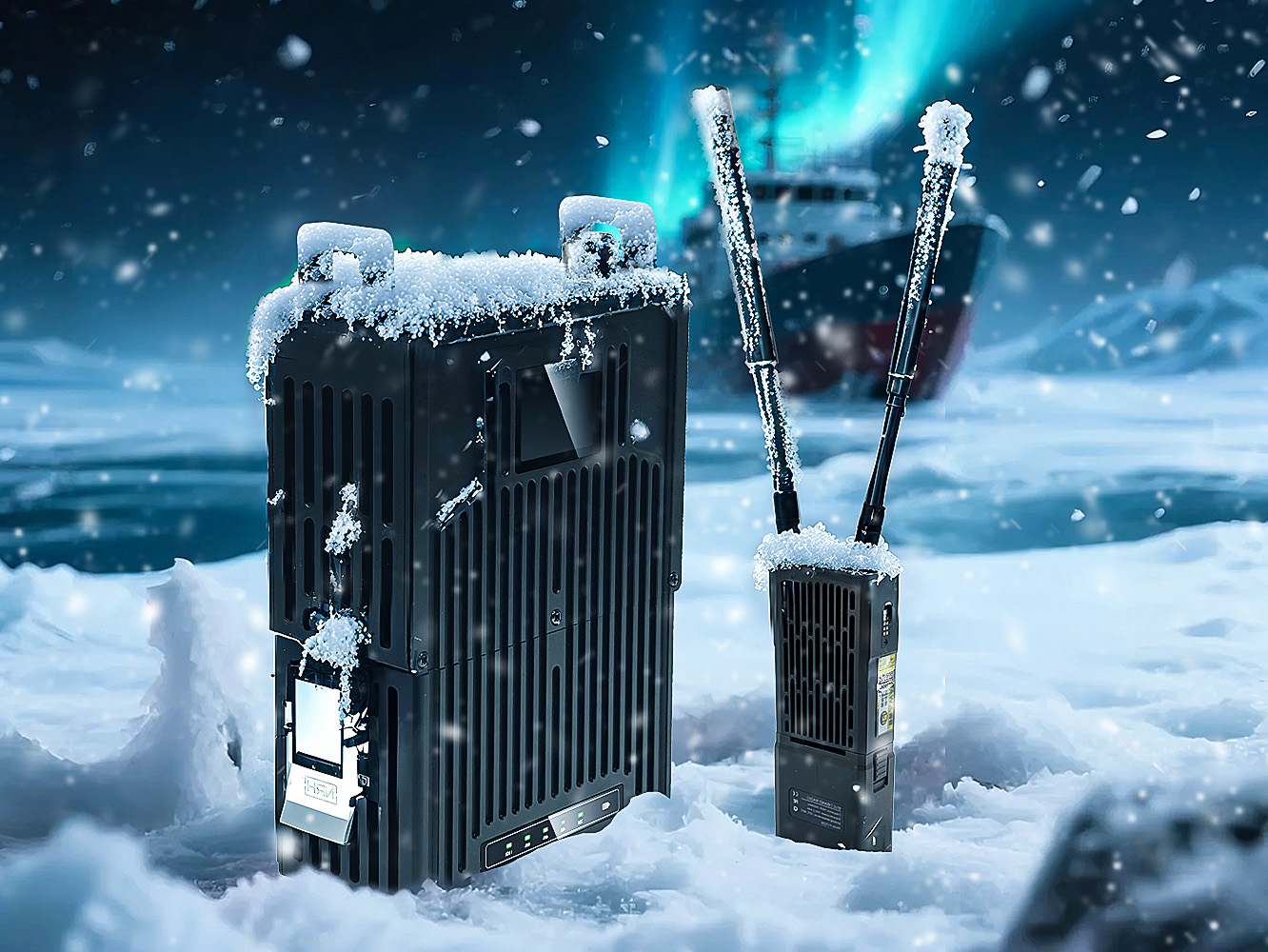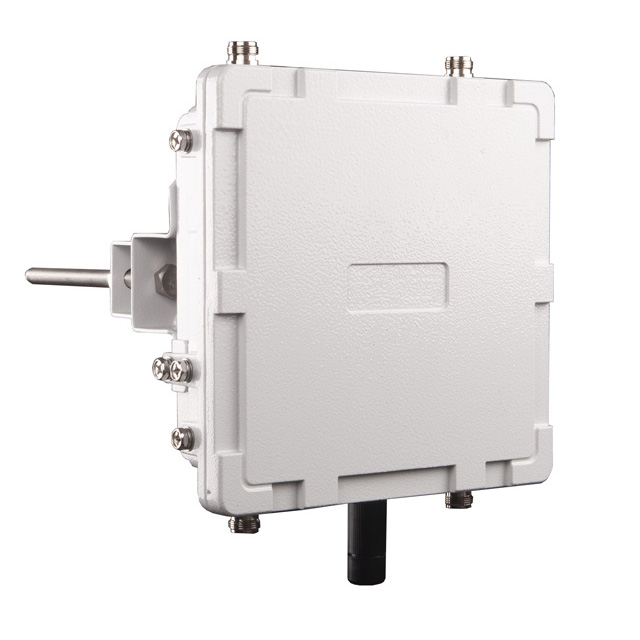How Are Microwaves Transmitted?
Microwave technology plays a pivotal role in modern communication systems, powering everything from satellite communications to radar systems, point-to-point data links, and wireless internet services. Understanding how microwaves are transmitted is essential for engineers, communication specialists, and technology enthusiasts seeking to leverage high-frequency signals for fast, reliable, and long-distance communication.
Microwaves are a type of electromagnetic wave with frequencies ranging from 300 MHz to 300 GHz, occupying a unique portion of the radio spectrum. Their short wavelengths and high frequencies make them ideal for transmitting large volumes of data with minimal interference, but also impose challenges related to line-of-sight propagation, atmospheric absorption, and signal reflection.

Basics of Microwave Transmission
Microwave transmission involves the propagation of electromagnetic waves through space or guided mediums to convey information. Unlike lower-frequency radio waves, microwaves typically travel in straight lines and require a clear line of sight between the transmitting and receiving antennas. This makes them particularly suitable for point-to-point communication over long distances, as well as for high-speed data links.
Key properties of microwave transmission include:
High frequency and bandwidth: Enables rapid data transmission with minimal latency.
Line-of-sight propagation: Signals travel directly from sender to receiver with limited diffraction.
Directional transmission: Antennas can focus energy into narrow beams to reduce interference.
Short wavelength: Allows compact antennas and precise beam shaping for targeted communication.
Components of a Microwave Transmission System
A typical microwave transmission system consists of several critical components:
Transmitter
Converts electrical signals into microwave signals.
Uses a microwave oscillator or amplifier to generate a high-frequency carrier wave.
Modulates the carrier wave with information, using techniques such as amplitude modulation (AM), frequency modulation (FM), or phase modulation (PM).
Transmitting Antenna
Radiates the microwave energy toward the receiver.
Common types include parabolic dish antennas, horn antennas, and microstrip patch antennas.
Highly directional antennas concentrate the energy into a narrow beam for efficient long-distance transmission.
Transmission Medium
Microwaves can propagate through free space (air or vacuum) or waveguides.
Free-space propagation is common in satellite communication and terrestrial point-to-point links.
Waveguides, which are metallic tubes or dielectric structures, guide microwave signals in confined paths, reducing energy loss and interference.
Receiving Antenna
Captures the incoming microwave signal.
Must be aligned precisely with the transmitter in line-of-sight systems.
Converts microwave energy into electrical signals for further processing.
Receiver
Demodulates the received signal to extract the transmitted information.
Amplifies weak signals and reduces noise, ensuring accurate recovery of the original data.
Methods of Microwave Transmission
Microwave transmission can be implemented using different methods depending on distance, terrain, and application:
1. Terrestrial Microwave Transmission
Terrestrial microwave links connect two fixed points on the Earth’s surface using line-of-sight antennas, typically mounted on towers or tall buildings. These systems are widely used for telecommunication backbones, long-distance telephone networks, and high-speed data links.
Key characteristics:
Requires clear line of sight between stations.
Uses directional antennas to focus beams.
Often employs repeaters at intervals to extend coverage over long distances.
2. Satellite Microwave Transmission
Satellite communication involves sending microwave signals from an earth station to a satellite in orbit, which then relays the signal back to another station on Earth. This allows global coverage and is critical for television broadcasting, internet services, GPS, and military communication.
Key characteristics:
Requires uplink (Earth to satellite) and downlink (satellite to Earth) coordination.
Uses high-gain parabolic antennas for precision and long-range transmission.
Must account for atmospheric effects, such as rain fade, which can absorb or scatter microwave energy.
3. Point-to-Point Microwave Links
Point-to-point microwave systems establish a dedicated line-of-sight connection between two locations. These are commonly used in corporate networks, industrial automation, and high-speed data backhaul.
Key characteristics:
Offers secure, private communication channels.
Provides high bandwidth suitable for voice, video, and data transmission.
Can be deployed rapidly without extensive cabling infrastructure.
4. Point-to-Multipoint Microwave Transmission
This method allows one central station to transmit microwave signals to multiple receiving stations. It is often used in broadband wireless access, rural connectivity, and emergency communication networks.
Key characteristics:
Reduces infrastructure costs by serving multiple endpoints.
Requires careful antenna alignment and frequency planning to prevent interference.
Often integrated with mesh networking technology for flexible coverage.
Challenges in Microwave Transmission
While microwaves are highly efficient for high-speed communication, they present certain challenges:
Line-of-sight limitations – Obstacles such as mountains, trees, and buildings can block signals.
Atmospheric absorption – Rain, fog, and moisture can attenuate microwave signals, especially at higher frequencies.
Interference – Microwaves may suffer interference from other electronic devices, requiring careful frequency management.
Alignment sensitivity – Directional antennas must be precisely aligned for optimal signal strength.
Cost and infrastructure – Towers, antennas, and repeaters can require significant investment, especially in remote areas.
Advantages of Microwave Transmission
Despite challenges, microwave transmission offers numerous advantages:
High data rate – Supports broadband communication and multimedia content.
Reliable and secure – Directional beams reduce susceptibility to eavesdropping and interference.
Rapid deployment – Can be installed quickly without extensive cabling.
Flexibility – Suitable for urban, rural, and remote applications, including mobile or temporary setups.
Conclusion
Microwave transmission is a cornerstone of modern communication systems, offering high-speed, reliable, and long-distance connectivity across terrestrial, satellite, and point-to-point networks. By leveraging directional antennas, line-of-sight propagation, and advanced modulation techniques, microwave systems facilitate everything from cellular backhaul to satellite TV, radar operations, and broadband internet.
TuQian Microwave Transmission
TuQian specializes in high-performance microwave transmission solutions designed for real-world applications. Our systems integrate terrestrial point-to-point, point-to-multipoint, and satellite microwave technologies, providing reliable, secure, and scalable communication for industrial networks, emergency response, broadband connectivity, and remote deployments. With TuQian, organizations can achieve seamless, high-speed microwave communication even in challenging environments, ensuring consistent performance and connectivity where it matters most.
-
 2025-10-28
2025-10-28 -

Applications of IP Mesh Radios in Military and UAV Communication
2025-10-28 -

What Is Long Distance Communication and How Does It Work?
2025-10-20 -

What Are the Four Types of Wireless Data Transmission?
2025-09-11 -

Which Wireless Technology Is Used for Long Distance Communication?
2025-09-02 -

How High-Bandwidth MESH Communication Devices Ensure Stable Wireless Video Transmission
2025-08-28 -

How Does Microwave Power Transmission Work?
2025-08-18 -

What Is Microwave Transmission?
2025-07-30








